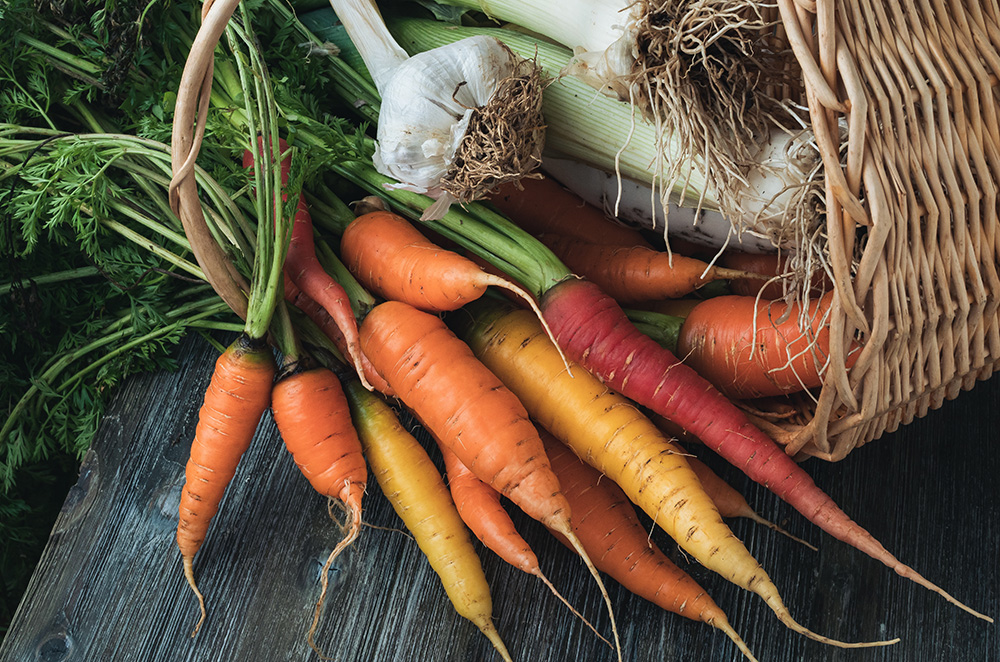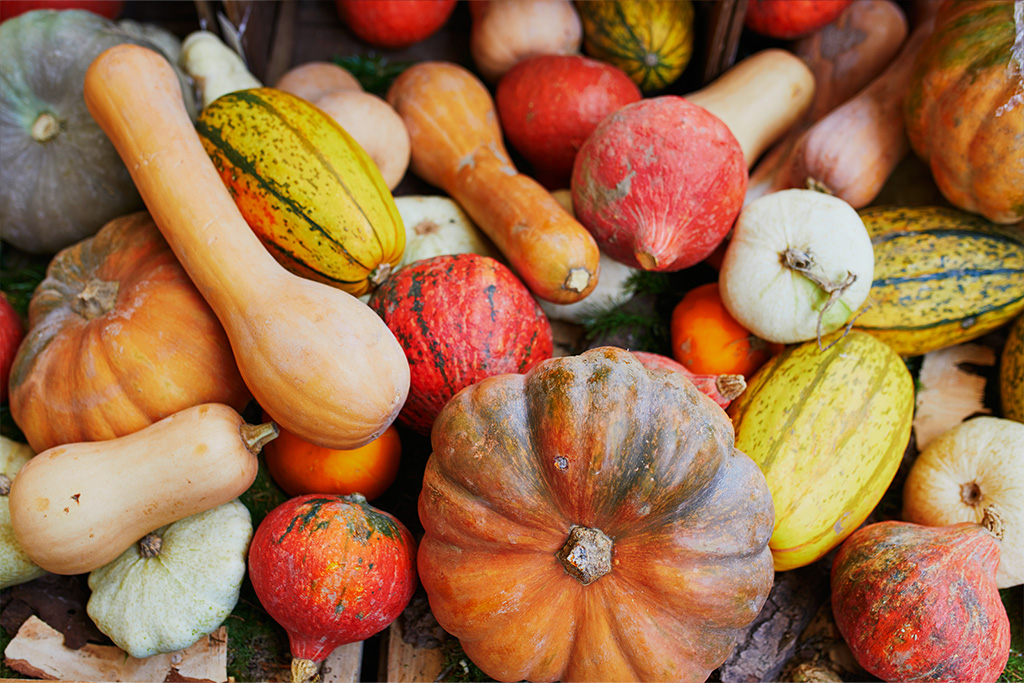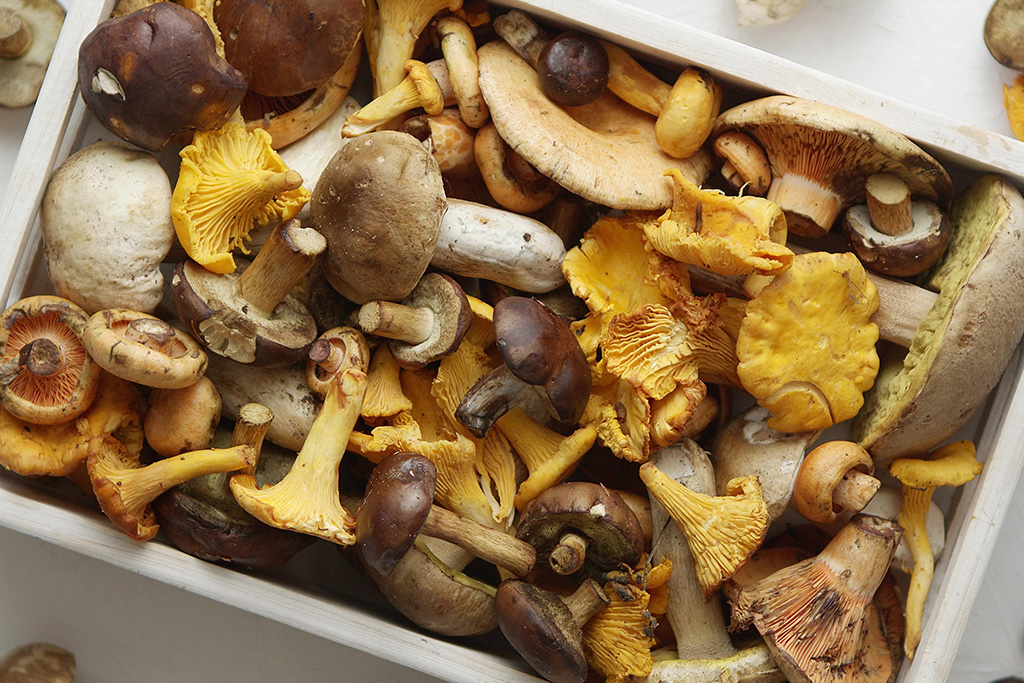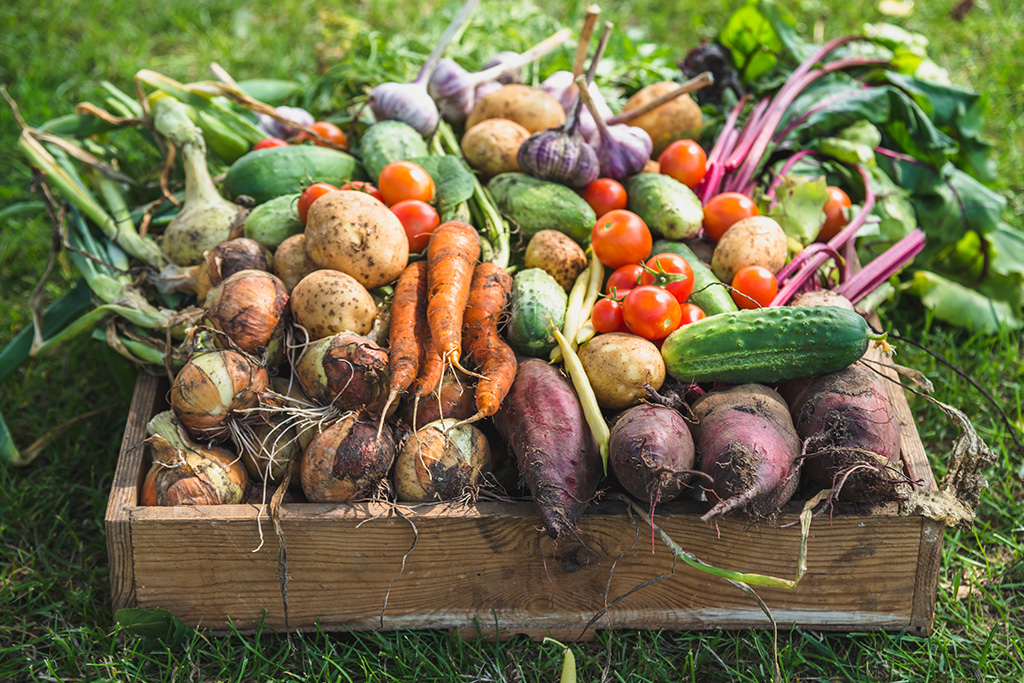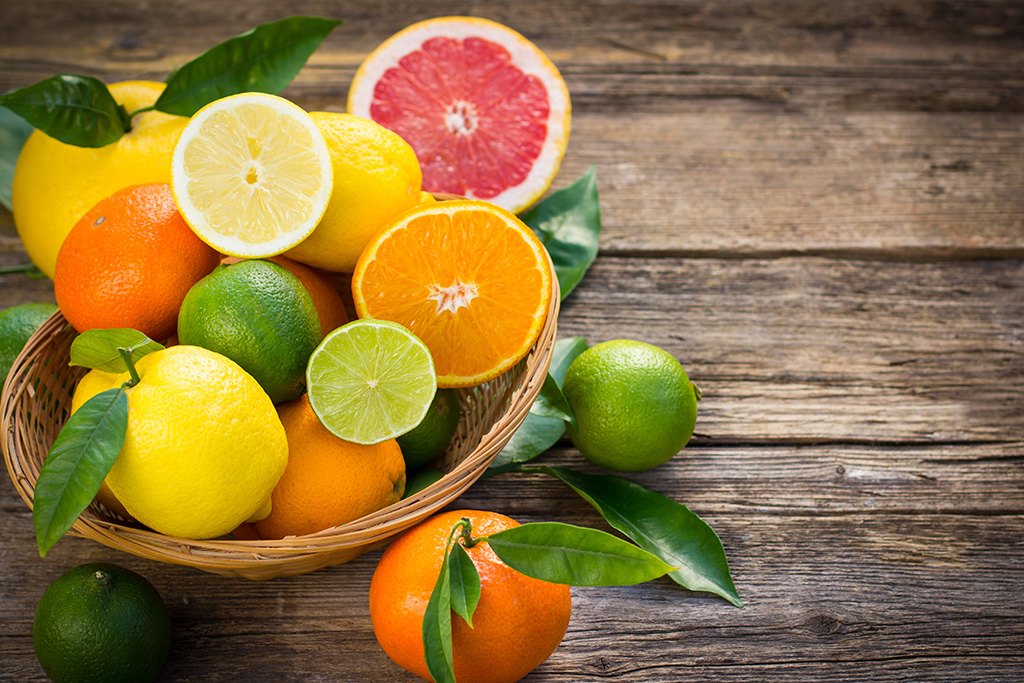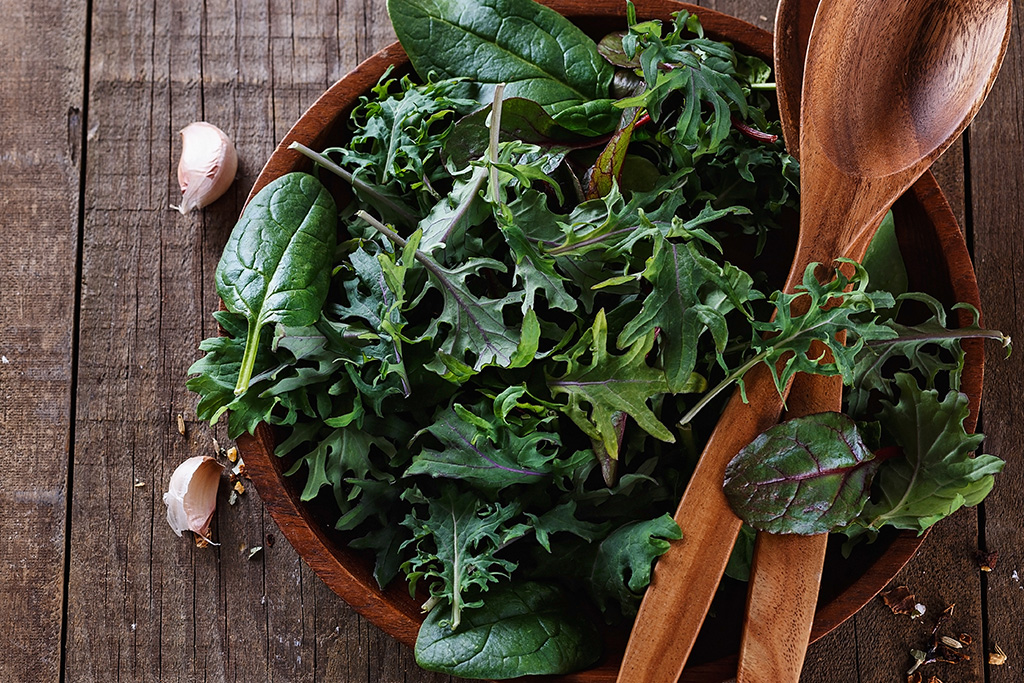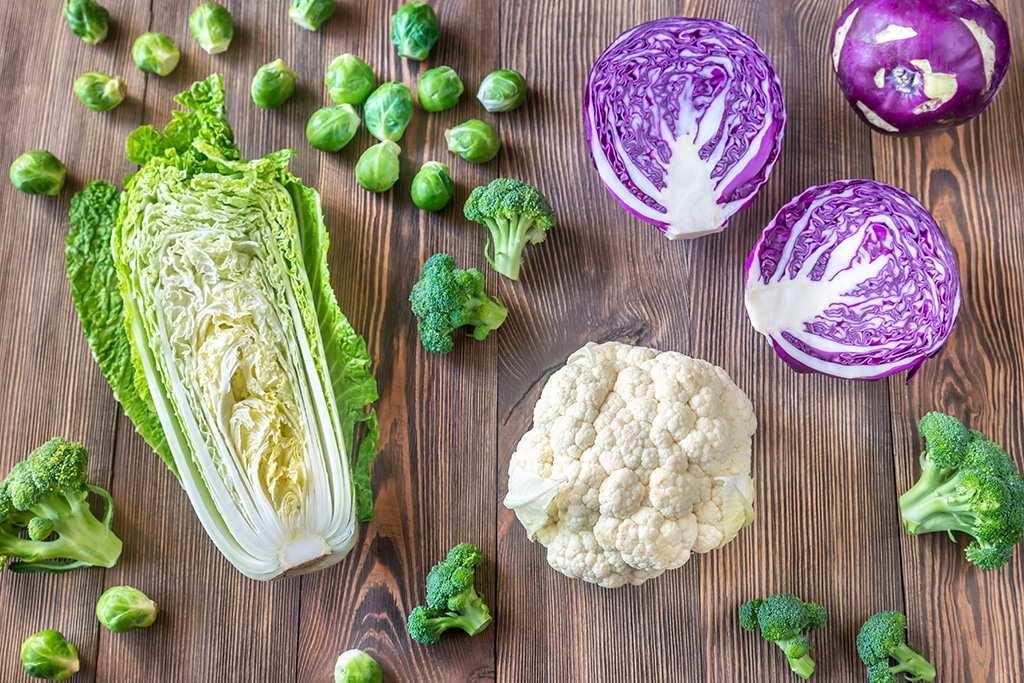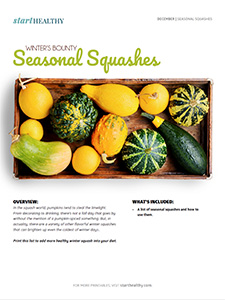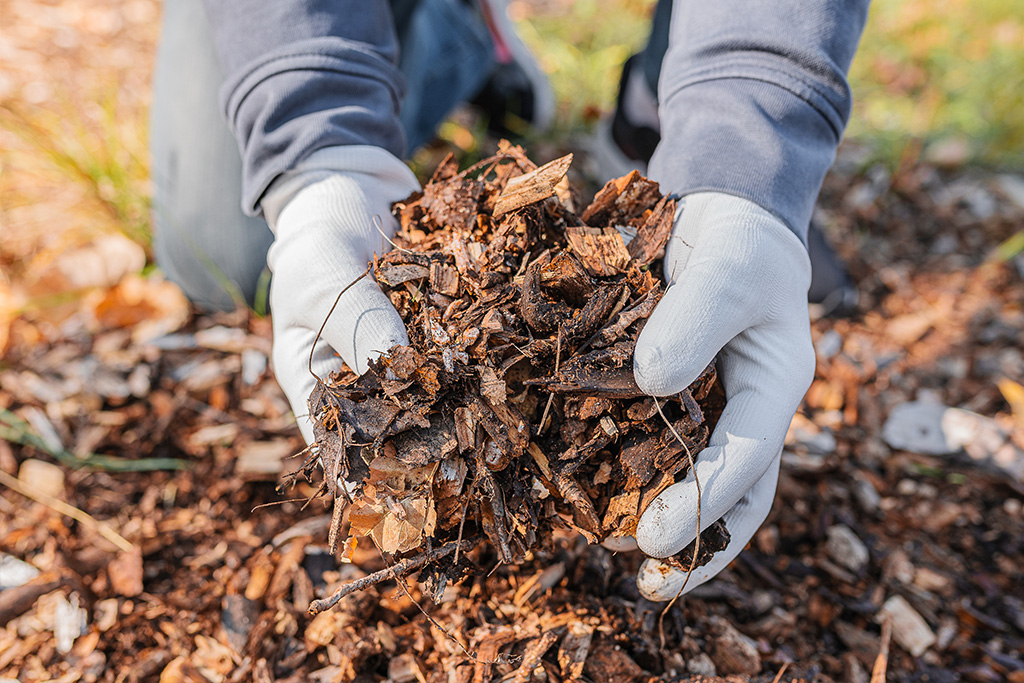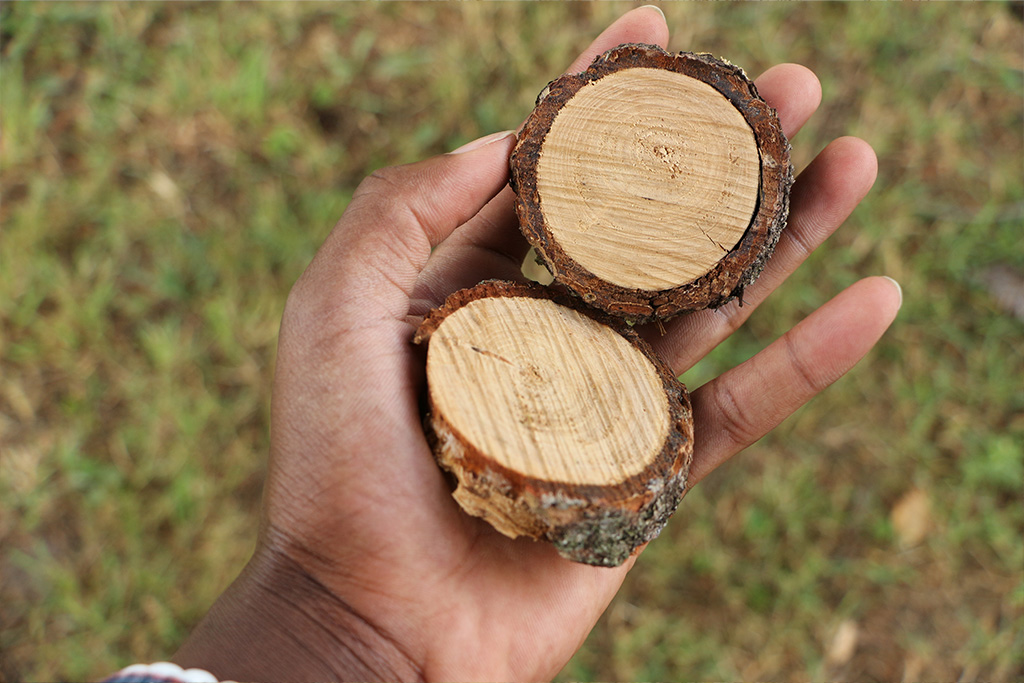Array
(
[0] => Array
(
[item_type] => phone
[content] => Array
(
[label] => Direct
[number] => 7027271969
[extension] =>
)
)
[1] => Array
(
[item_type] => email
[content] => Array
(
[label] => Email
[email_address] => info@carothersins.com
)
)
[2] => Array
(
[item_type] => website
[content] => Array
(
[label] =>
[value] => https://www.carothersinsurance.com/
)
)
)
?>
Have you ever caught yourself humming a tune without even realizing it? Do certain songs remind you of a particular time or person? Is music the soundtrack of your workouts?
The aforementioned examples show that music holds a unique place in our lives. In fact, you could argue that it’s in our DNA as humans. The earliest evidence for musical instruments is thought to date back 40,000 years, and some experts theorize that Stonehenge was essentially a large sound stage. In the twenty-first century, our love of music is more pronounced than ever: over 500 million people now subscribe to a music-streaming service.
This seems to especially hold true during the holiday season, when a nonstop rotation of jolly songs fills our hearts with joy for weeks on end. But why does holiday music elicit such strong feelings for so many? To discover the answers, one first must break down the benefits of music itself—any time of the year.
Improves well-being
You’ve certainly noticed that doctor offices often have peaceful music playing in the waiting room and that some facilities provide music to listen to during your visit. That’s not a coincidence: the medical industry understands that one of the many medicinal benefits of music is to help relieve stress in what can be an otherwise anxiety-filled situation.
But that’s far from the only one. It’s no surprise, then, that research repeatedly reveals the power of music. Among the many health benefits include:
- Music can play a key role in the social, cognitive, and motor-skill development of infants and toddlers.
- Physiologically, music can make us happier because it encourages dopamine release.
- People can improve their workouts by listening to music because it provides mental and physical benefits that foster peak performance.
- Music therapy is known to help with issues like depression, anxiety, and even schizophrenia and physical pain.
- Both kids with disabilities and older adults have experienced increased well-being because of music, and it may help people with dementia.
- Certain types of classical music have been shown to lower blood pressure and heart rates.
- Research shows that lyrics with an uplifting social message can make us better people by increasing empathy.
There’s clearly a multitude of reasons why we love listening to music—even if we don’t always consciously understand why. But there are many other benefits to performing the music as well.
Inspires a good workout
Singing involves more than exercising your vocal cords—it can be a full-body workout. Singing lessons often include learning breathing techniques to control inhaling and exhaling while belting out a tune. In addition, other parts of the body besides the nose, mouth, and vocal cords are in play when changing or holding a note, including tensing muscles in the torso and contorting one’s posture.
Of course, people play and dance to music as well. For example, it’s thought that intense drummers can burn upward of 600 calories per hour on average. And dancing to music is a well-known workout, even inspiring several popular video games; the activity can burn approximately 400 to 500 calories per hour for a 170-pound person. Dancing the night away has never sounded so healthy.
Creates a bonding experience
Perhaps the best part about music is that it welcomes us to form social bonds. People often become friends because they share similar musical tastes, for example. In addition, going to a concert and singing along with thousands of other fans—most of whom are strangers—is a rush like no other because scores of voices literally become one.
Similarly, in religious services, music can evoke an uplifting, joy-filled feeling associated with the service or time of year—which brings us back to the music of the holiday season.
Makes the holidays merry
Holiday music seems like it’s been with us forever because … well, for many of us, it has. Sacred holiday songs are thought to date back to church hymns of the Middle Ages, and carols followed a few centuries later. In the twenty-first century, choirs are resurging in popularity, thanks in part to flash mobs and shows like America’s Got Talent.
So music matters perhaps more than ever during the holiday season, for a few important reasons.
Connections to the season
With most music, you’ll listen to it all year. In contrast, this type is only associated with the time of year it was created for, which tends to make us treasure it and wholly embrace it when it returns, like greeting an old friend. (Just try to avoid Christmas Creep—experiencing the season so early and so often, it brings you down.)
Connections to one another
Holiday music often acts as a common nostalgic thread between family members who listen to it together every year—and between generations. As an example, I only know of Bing Crosby and his holiday tunes from the 1940s because my parents heard them in their homes when they were growing up and then played them for my brothers and me. And I’ve passed it along: now my kids look forward to hearing Bing’s baritone every December. That’s four generations and over eighty years, bonded over holiday music.
Connections to positivity
Holiday music is always there to lift you up or remind you of what’s important, perhaps no better heard than in the best-selling Christmas song of all time, “White Christmas.” In addition, much like holiday movies, there’s almost always a feel-good, happy ending to these songs—and what else in life can we say that about?
The power of music is undeniable. It improves our health and well-being, teaches us, helps us through difficult times, and makes us smile. It evokes memories of good times and loved ones and togetherness, which makes it a treasure every time the holiday season returns.

